During a recent hike in the Enchanted Rock State Natural Area, in central Texas, I photographed this species. Thanks to everyone that left comments for helping with the identification.
- Habit
- Abaxial lamina surface
- Adaxial lamina surface
- Habitat
Observation Data
Classification & Common Names
- Class: Polypodiopsida
- Family: Pteridaceae
- Genus: Myriopteris Fée emend. Grusz & Windham
- Species: Myriopteris lindheimeri (Hook.) J. Sm.
- Var./Subsp.:
- Common name(s): Fairy swords
General Observation Data
- Date: 31-XII-2013
- Habitat: Open Oak Woodland, Rock
- Habit: Terrestrial
Additional Comments
Common.
Location
- Location: Enchanted Rock State Natural Area – – Llano County – Texas – United States.
- Coordinates: 30.505381, -98.819844
- Elevation: ca. 550 m

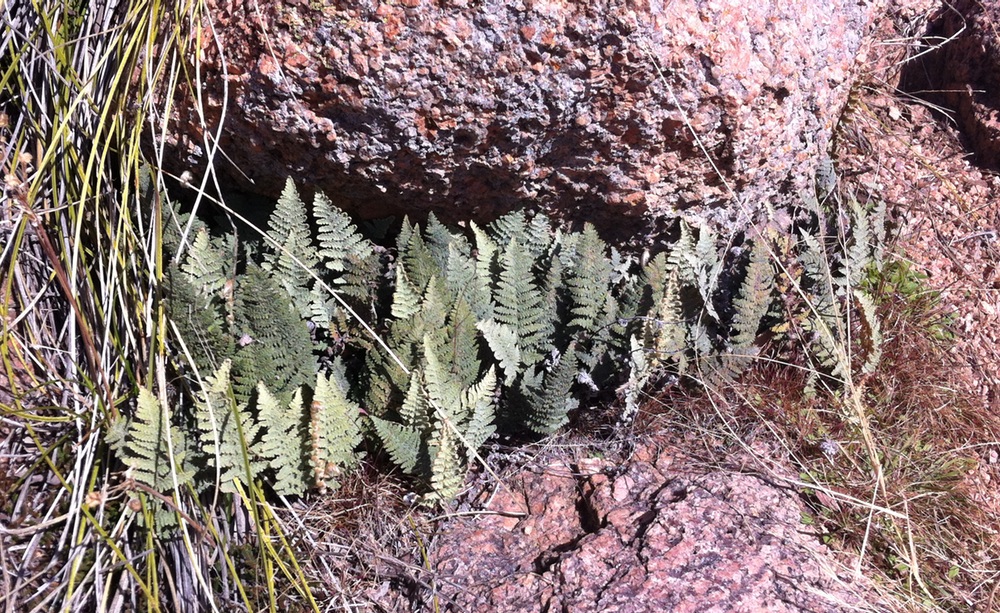
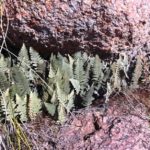
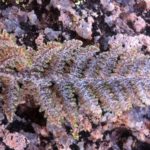
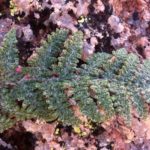

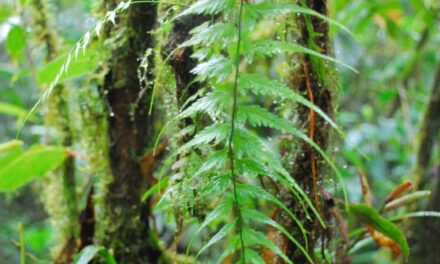
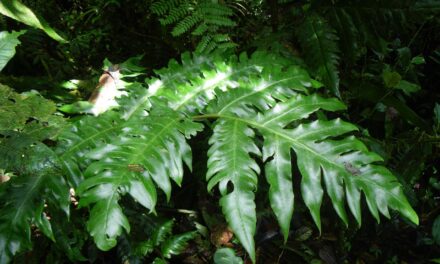
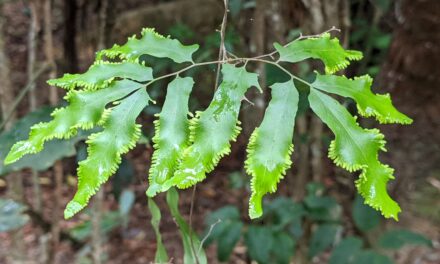
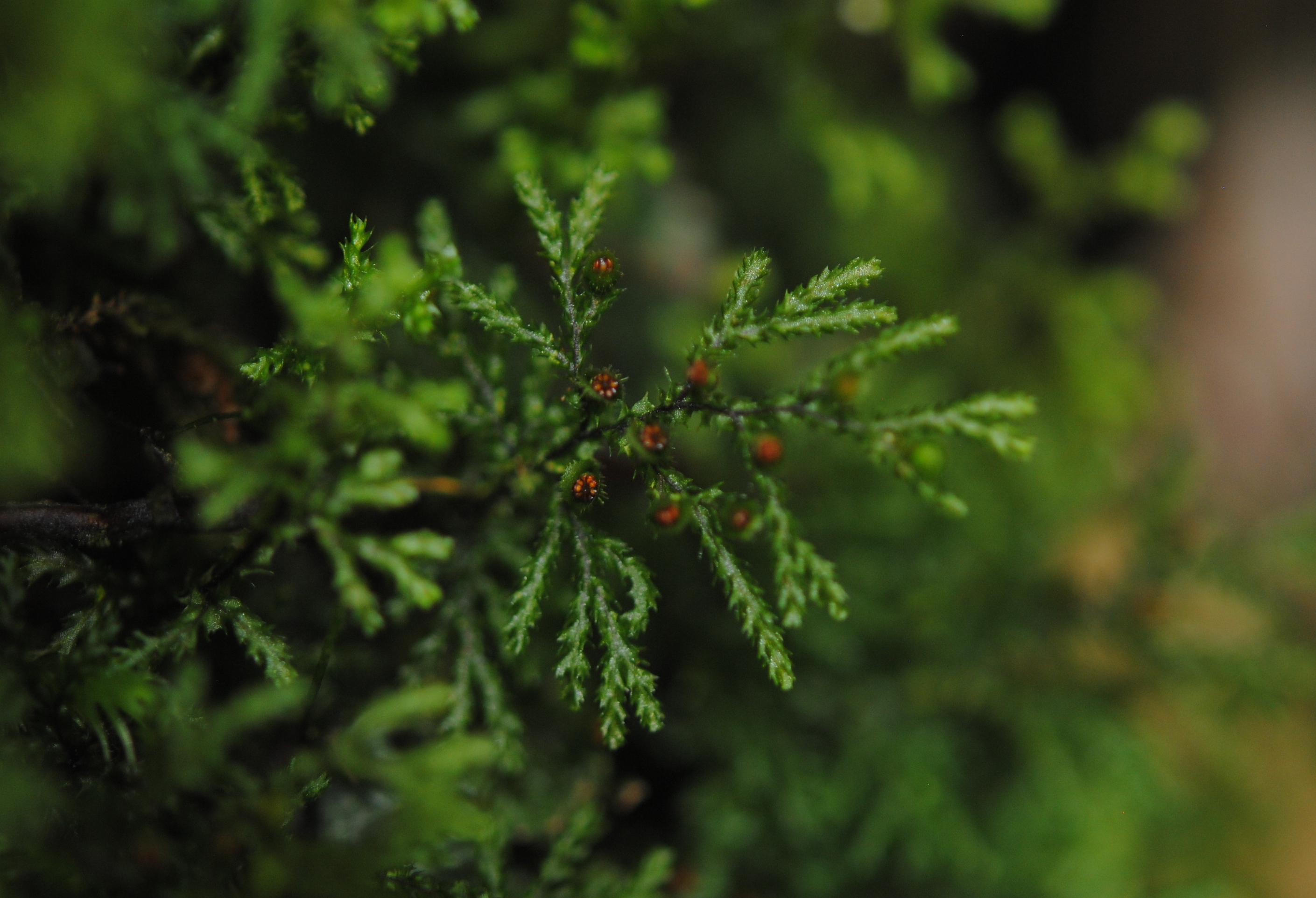
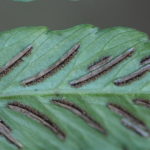
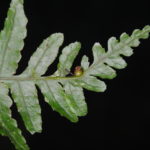
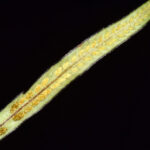
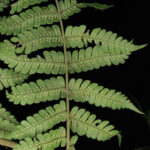
I don’t know these ferns very well, but I believe your plant belongs to Myriopteris [a segregate of Cheilanthes]. Apparently, Cheilanthes s.s. is exclusively South American/Old World. Take a look at the paper below:
http://www.pensoft.net/J_FILES/3/articles/6733/6733-G-3-layout.pdf
Thanks for the correction and the link!
Hi Nathan: Based on the habitat photo this appears to be Myriopteris lindheimeri (formerly Cheilanthes lindheimeri). However, in M. lindheimeri I expect the upper leaf surface to be more densely covered in hairs, which curl up from scales on the abaxial surface. It is possible that this is an older frond and they have been lost, or that it may be a hybrid e.g., Myriopteris wootonii (though, it is a bit far south and east for this taxon). You can tell for certain by examining the morphology of the abaxial costal scales (rhizome scales can be useful too). If they have long, spindly hairs coming off of the scale margin (top to bottom), it is likely M. lindheimeri. Rather, if there are fewer cilia confined to the bottom half of the scale, it may be M. wootonii.
Lovely location!
Amanda, thank you for all of the information. I wish I could go back and take a closer look at costal scales. I guess for now I will leave it as Myriopteris sp.
Like Fernando, I don’t know these terribly well, but this one looks similar to Myriopteris lindheimeri, though yours seems to have more tomentose indument on the abaxial surface of the leaf than I have seen for other species.
The range and habitat is right, though.
Nice plant!
Thanks. I believe there are several Myriopteris species in the area. Maybe it is a hybrid as mentioned above.
I’d defer to Amanda in this, of course, but my first impressions were that this was M.rufa (C.eatonii). Or maybe M.tomentosa? Did it have fairly elongate creeping rhizomes?
Just saw this post. Definitely Myriopteris lindheimeri….
Thanks Mike. I will update the post as M. lindheimeri and credit you with the det.